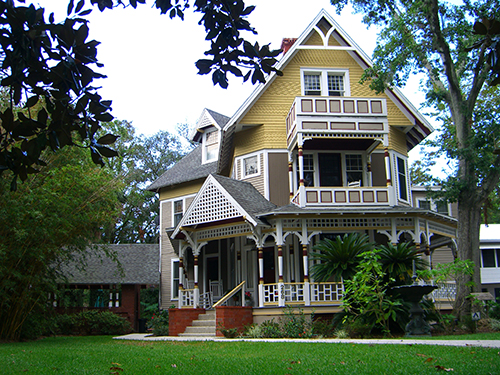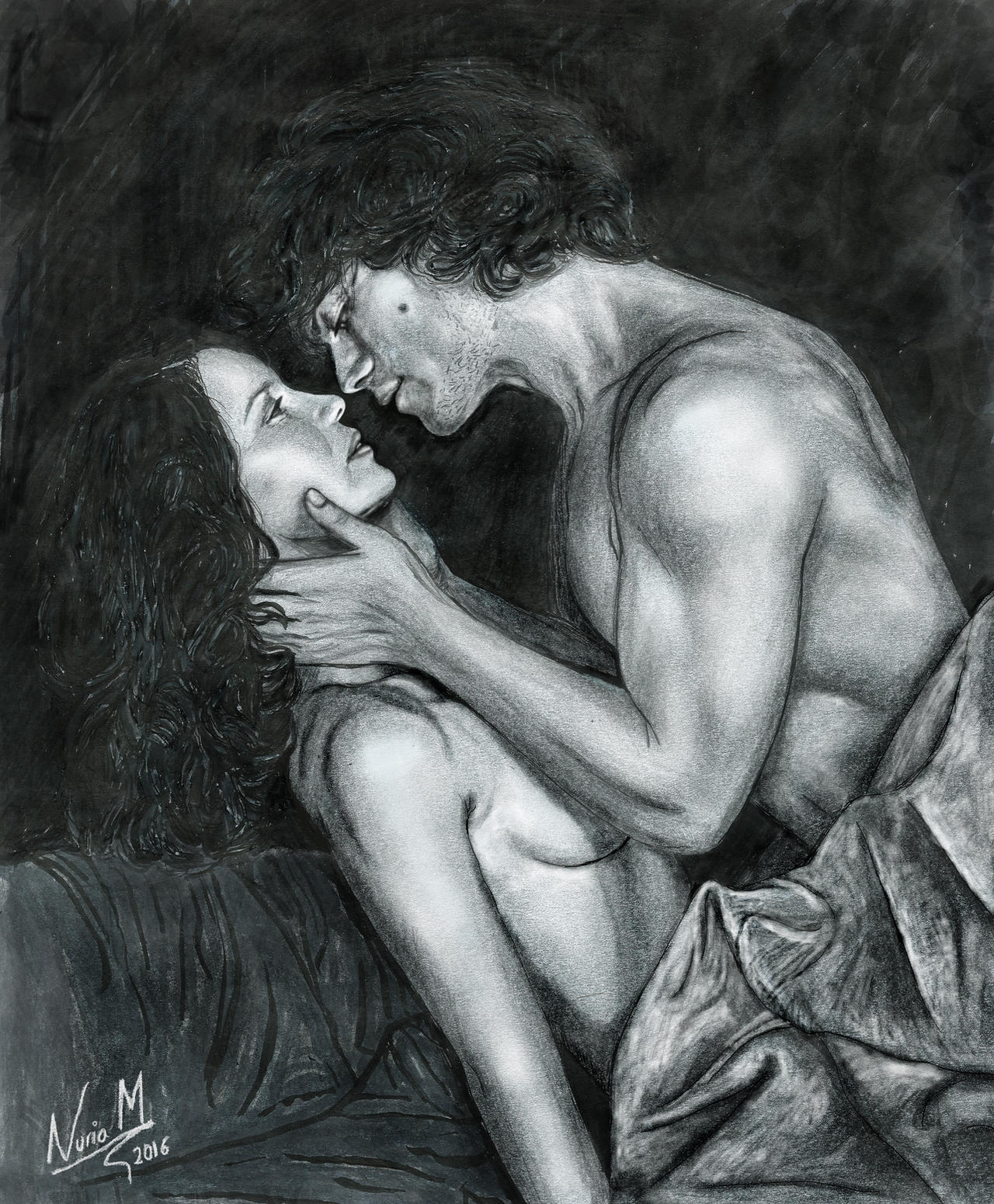YES we’re still doing Florida—today one of my favorite cities St. Augustine….and my picture including the main one are dogs of Winter Park–pictures I took downtown on Sat. 2/4…so if you were there and these guys look familiar….well there you go.
The weather is beautiful here though I hear a lot of the east coast is bracing for really bad storm conditions…….ah yes I remember northern winters—as horrible dark and COLD times…like a bad nightmare in an other wise lovely life…stay warm and safe my northern friends…or visit Florida–oh wait airport up in that area are down today…SORRY.
OK well just stay in touch for Jamie and Claire at the end–that may warm you up.
Each year at Christmastime, St. Augustine hosts a Night of Lights making it one of the best holiday light displays in the country with almost 2 million lights. http://www.travelingwiththejones.com/2013/06/27/14-fun-facts-about-st-augustine-florida/
 Boyds Bear Zoe the Angel of Life 1997 $4.79 http://www.ebay.com/itm/262845257446?ssPageName=STRK:MESELX:IT&_trksid=p3984.m1558.l2649
Boyds Bear Zoe the Angel of Life 1997 $4.79 http://www.ebay.com/itm/262845257446?ssPageName=STRK:MESELX:IT&_trksid=p3984.m1558.l2649
FOR TODAY’S VIEW OF ST. AUGUSTINE I’M TAKING YOU ON ANOTHER WALK–THIS TIME:
ON ST. GEORGE STREET

http://www.public.coe.edu/~theller/soj/now/j-m-people.html
ST. JOSEPH’S CONVENT
241 George
Constructed of coquina, a stone that is peculiar to the area from on quarry on Anastasia Island (near by), 1874 – 76. The building which is Gothic Revival and still in use by the sisters of St. Joseph, has been extensively remodeled.
LIBERATION LOT
Between 234 and 244
By 1862 the Southern forces decided that they could not hold the city and had withdrawn by order of General Lee–who infact had charted the coast line here when he was an US Army engineer–resulting in a withdrawal of not only the few troops that had been guarding the city but many local inhabitants as well. The city then came under Union control. Later in 1863 when the Emancipation Proclamation was instituted it was one of the few places were it applied (as it was carefully worded to only affect Confederate states and most of those were still in a state of rebellion—while St. Augustine was under marshal law. The slaves in this area were gathered in this lot and told notified that they were free.

The famous Bridge of Lions, a double-leaf bascule bridge that spans the Intra-coastal Waterway connecting Anastasia Island to downtown, features a pair of Medici lions made of Carrara marble.

PRINCE MURAT HOUSE
250 St. George Street
This pink cottage might not look so historical but look again. The 1 1/2 story cottage dates to the Colonial period (built approx. 1790) and is made of the same stone (coquina) as the convent, but the stone is plastered over to protect the porous fabric of the stone. The balcony was added in Victorian times (1880) by Amos Spear and is the only one of its kind left in the city.
The house is named for Prince Achille Murat, a nephew of Napoleon, who was actually in the city in 1824 and according to local legend rented this house prior to purchasing a thousand plus acre plantation on Mose Creek, now known as Murat Point. But he only stayed in the area until 1825 when he sold the property and married Catherine Gray a grand niece of George Washington. He later returned in 1834 as a colonel in the Florida Volunteers a military regiment during the Seminole War. He and his wife eventually retired to Tallahassee in 1836, where they are buried. One of Murat’s associates, philosopher Ralph Waldo Emerson also lived in this house when he stayed in St. Augustine in 1827 for his health.
The house held a restaurant in 1939 and was particularly noted for the fact that Greta Garbo and a companion, Arthur Gaylord Haiser once dined here.

St. Augustine is home to the narrowest street in the United States. Treasury Street is just 7 feet wide and connects the waterfront Bay Street to the Royal Spanish Treasury. The street was purposely built to provide barely enough room for two men to carry a chest of gold to the treasury from ships docked on the bay. This was done to minimize the chances of a horse-drawn carriage riding by and stealing the money
http://traveltips.usatoday.com/little-known-st-augustine-florida-11474.html

BRONSON COTTAGE
252 St. George St.
This home served northern visitors with a winter residence in the 1880s Designed by architect A. J. Dones who was famous for his Gothic Revival, he created many state capitals but this is his only known work in Florida. The Bronsons (Robert and Isabel) had it built in 1875. They wintered here for several years and finally sold the place in 1905. It later became a Fine Art Building for St. Joseph Academy and finally went back to a private owner in 1988, who restore it
COLONIAL REVIVAL
256 St. George St.
Originally designed in a popular style of the Territorial period in the 1850’s it was remodeled to it’s current Colonial Revival appearance in the early 1900s, about the same time that it was moved back on the lot. It was owned and rented by various persons over the years,
UPHAM COTTAGE
268 St. George St
This is an example of Moorish Revival in arches to left of house which were tacked onto a wooden Queen Anne home. A winter cottage of the Flagler era built in 1892-3, built for John J. Upham a veteran of the Civil as well as Plains Indian’s war from Wisc. where his father was mayor. It was added to over the years with a conservatory, ball room and roof garden. Of more interest might be the builder a John T. Lander who in 1993 after giving instructions to his worker left never to be seen at least alive again. His body was found about a month later on Anastasia Island’s beach and his death was ruled accidental drowning. The Uphams (and later just the widow) maintained the house until 1915, and Mrs Upham rented it out after her husband’s death including to Henry James, the novelist in 1905. By the 1950’s it became an apartment building and served as that until the 70’s. In more resent years as you can now see it has had loving ownership.
The house had by some accounts had a ghost the wife of a sea captain who played the harpsicord and wandered about in a yellow satin ball gown. She was said to leave doors ajar and sometimes bumped into beds awaking their inhabitants. Interestingly enough though there is no history that can be found that such persons ever inhabited the house—so that makes it all the more mysterious.

Racial mores weren’t nearly as rigid in Spanish Florida as they were in the British colonies to the north. In fact, to counter his country’s numerical disadvantage in the region, King Charles II of Spain proclaimed in 1693 that runaway slaves from British lands would be given their freedom in Florida provided they converted to Catholicism. Forty-five years later, Florida’s governor approved a settlement for ex-slaves just to the north of St. Augustine. Called Fort Mose, it was the first legally sanctioned free black town in North America. During the many British colonial attacks on St. Augustine, blacks generally stood side-by-side with Native Americans and white Spaniards in defending the city.
http://www.history.com/news/8-things-you-may-not-know-about-st-augustine-florida

Boyd Bears Justine the Choir Singer 1999 $4.99
http://www.ebay.com/itm/262845256605?ssPageName=STRK:MESELX:IT&_trksid=p3984.m1558.l2648
OK getting ready for season 3: http://www.ibtimes.com/outlander-season-3-spoilers-8-things-know-about-2017-episodes-2468816
Tobias says summer for release of season 3 —I figured if they are still filming we wouldn’t get April: http://www.outlandertvnews.com/
and a bit more: https://moviepilot.com/p/outlander-season-3-tv-series-news-trailers-cast-characters-all-you-need-to-know/4110293
The Treaty of Paris (1763), signed after Great Britain‘s victory over France and Spain during the Seven Years’ War, ceded Florida to Great Britain and consequently St. Augustine became a Loyalist haven during the American Revolutionary War.[30] The second Treaty of Paris (1783), which recognized the independence of the former British colonies north of Florida, also ceded Florida back to Spain, and as a result many of the town’s Spanish citizens returned to St Augustine. Refugees from Dr. Andrew Turnbull‘s troubled colony in New Smyrna had fled to St. Augustine in 1777, and made up the majority of the city’s population during British rule. This group was (and still is) referred to locally as “Minorcans“, even though it also included settlers from Corsica and the Greek islands as well. https://en.wikipedia.org/wiki/St._Augustine,_Florida
 ]
]
GUNS AND HOSES FIREFIGHTERS ORLANDO FL. BLOOD DRIVE TEE S…$5.99
Informative, fun and extremely eclectic, St. Augustine museums are some of the best the state has to offer. The Lightner Museum, housed inside one of Henry Flagler’s former hotels, offers a wide variety of artifacts including an ancient mummy and a stuffed lion that once belonged to Winston Churchill. Nearby, the very first Ripley’s Believe it or Not! Museum is located inside the historic Castle Warden. First built as a private residence, the building was remodeled during the WWII era and turned into hotel where famed author Marjorie Kinnan Rawlings once kept an apartment.

MONKEES TOUR 1997 XL BLACK TEE-SHIRT EXCELLENT CONDITION
$4.99
The Castillo de San Marcos never fell to an opposition force in battle. The British took control of the fort only when it was given to the British as part of the Treaty of Paris signed in 1763.
- Fort Marion was named for Revolutionary War hero, Francis Marion.
- The Castillo de San Marcos has had four flags flown over it: the Spanish flag, the British flag, the United States flag and the Confederate States of America flag during the Civil War.
- Beginning in 1875, Fort Marion was used as a prison for Native Americans capture in the American west.
- https://www.citywalkingguide.com/staugustine/catillo-de-san-marcos-facts

- Carved Stone Stamp and Dragon Ink Holder (262834777702)
- $5.90
|
|







